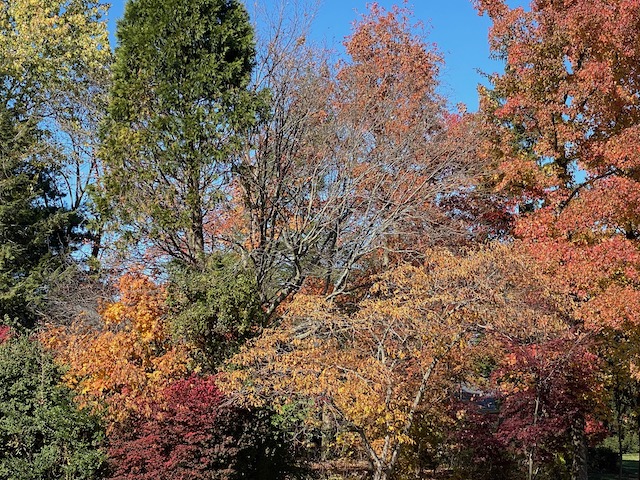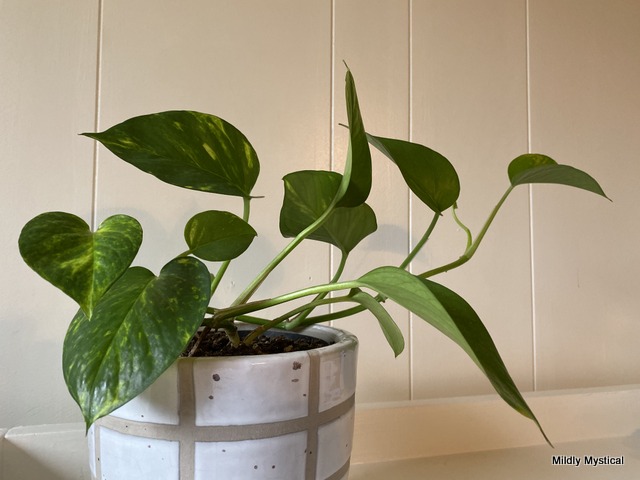Through all the challenges of this season, the beauty of autumn has restored me almost daily. In the isolation brought by the pandemic, changing colors offer something new in every walk through the neighborhood. Through the divisive political climate, the trees present a cyclical drama where everything has its season. Even, or especially, amidst the painful realities of the time we’re in, nature is a healer. The landscape itself compels us to savor these glorious days for the short time we have them.

I love the towering shimmer of tulip poplar leaves, stirred by the breeze like ripples in a golden stream. I’m in awe of the maple’s golden-red foliage, translucent in the sun, like the glow of stained glass in afternoon light. Holly berries redden, pinecones open, burnished acorns fall from the oak. Each tree in its own way yields to the turning of seasons, again and again and again. The reassuring rhythm is a balm for anxious days.
In the tender days of a difficult year, this beauty touches me more profoundly than ever. When I allow the natural world to speak, my heart responds. I’m reminded of what I’d forgotten: I love this land, with its proliferation of life and growth and beauty. I love its forests and orchards, its fields and gardens, its grazing acres and neighborhood lawns. I love the variety of what grows here—the feast of color and shape, texture and size, rooted in the local soil of each one’s unique place.
The hues of this season sing of abundance, with the dazzling specificity of each particular shade. May this array of beauty speak to our hearts; may its diversity show us what can grow. May this glorious outpouring of life teach us generosity, and may the words we speak to one another be carried forth on the breath of love.


